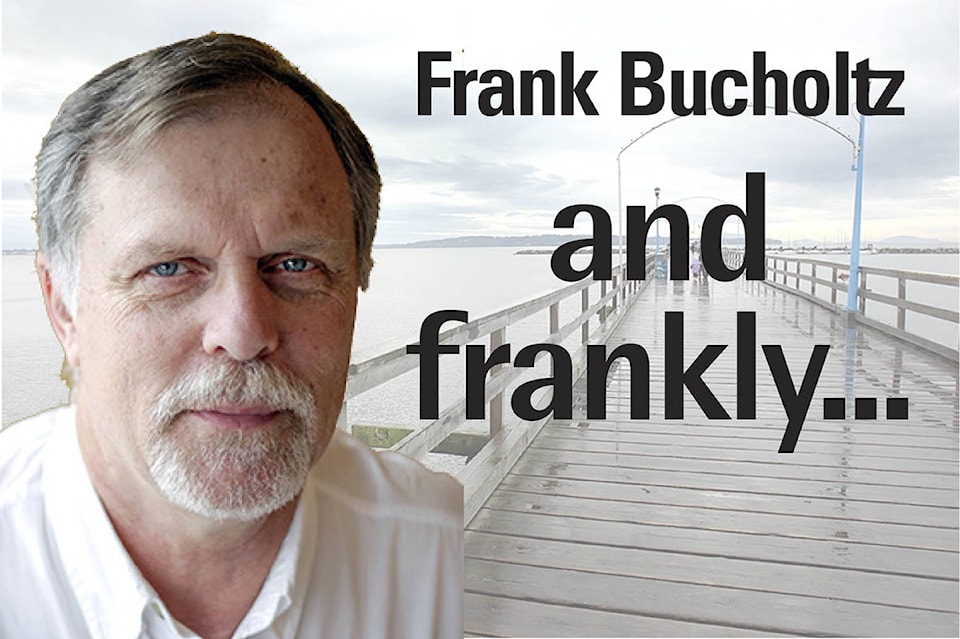Surrey is a very multicultural community, but one of the larger groups whose ancestors came from another country are all but forgotten.
Surrey had a vibrant Japanese-Canadian community from the late-1800s until 1942, when the more than 500 Japanese-Canadian residents of Surrey were told to pack up and leave. They were taken to what the survivors call “incarceration camps.”
Last month, there was a fascinating presentation on Surrey hosted by the Greater Vancouver Japanese Canadian Citizens Association. Research it has done has dug up much detail about the role Japanese Canadians played.
Despite all that, there are just two public remembrances of them – a cul-de-sac off 87B Avenue called Morioka Place (located on a farm purchased by Karetoshi Morioka in 1949), and 20-acre Kiyo Park (named after the Tsuyuki and Yoshizawa families) at 9050 142 St.
Renee Saklikar, Surrey’s poet laureate, reminded the March 4 gathering that their location, City Centre Library, was on land once farmed by Japanese-Canadians.
The first Japanese-Canadians in Surrey worked in the logging and sawmill industries, and one, George Isamura, worked as a boat builder in Brownsville by 1893. Many later established berry and chicken farms. By 1941, there were 510 Japanese-Canadians in Surrey, out of a total population of 14,840. Japanese-Canadian farmers produced 90 per cent of the Fraser Valley’s strawberry crops.
It all changed in 1942 when the federal government decided to relocate all Japanese-Canadians from the B.C. coast, due to the entry of Japan into the Second World War and despite the fact that many were Canadian citizens.
They were sent to camps in the B.C. Interior, Alberta, Manitoba and as far away as Ontario. They were not allowed to own radios or cameras. A number of students had attended Queen Elizabeth High School, and sent letters from the camps back to their friends, telling them how much they missed them.
Their properties and possessions were sold for a fraction of their value. This did not happen in the U.S., where Japanese-Americans were relocated following the attack on Pearl Harbour. They got their property back.
It was official Canadian government policy to try to send them back to Japan after the war ended, even though most had never been there.
One farmer, First World War veteran Zennosuke Inouye, was wounded in the battle of Vimy Ridge. He purchased 80 acres on 128 Street on his return from the war in 1919. Inouye was the only Japanese-Canadian to get his land back. After writing more than 80 letters to authority figures, he received it in 1949.
It would be an important step if one of the many new schools now being built in Surrey was named after Inouye, who fought for the rights of minorities at a time when it was difficult to do so. His story deserves to be much better-known.
As GVJCCA president Lorene Oikawa said, “We need to know our history, otherwise fearmongering sometimes works.”
Frank Bucholtz writes Wednesdays for Peace Arch News.
frank.bucholtz@gmail.com
